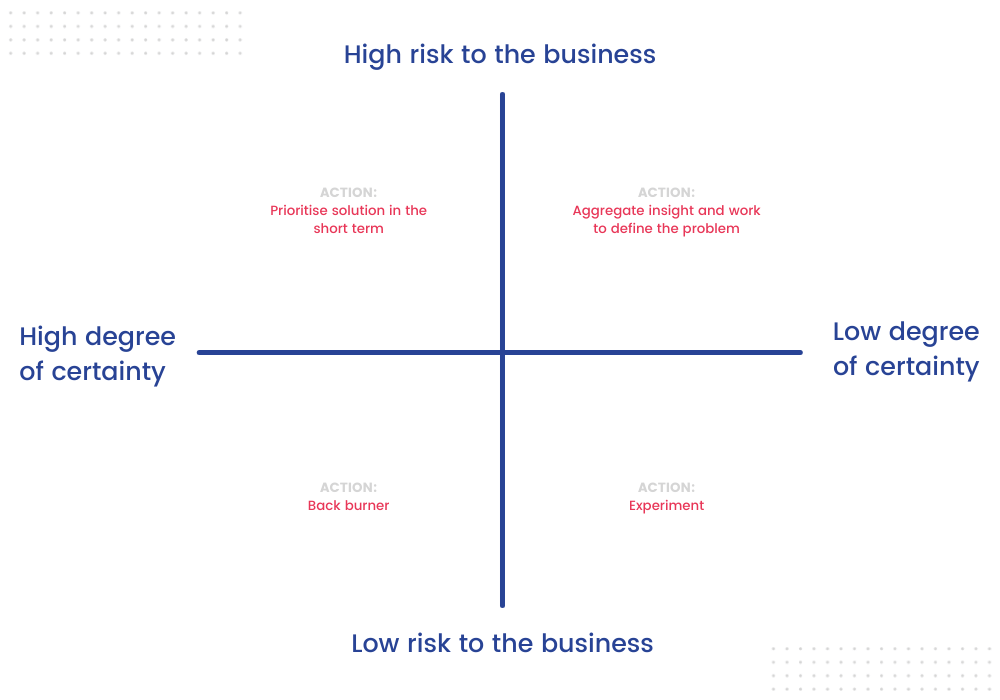Article | by Dan Archer
5 big talking points at B2B Online 2017
Key takeaways from B2B Online - Amsterdam’s annual conference for manufacturers, distributors and digital marketers.
Article | by Dan Archer
![]()
On the 22nd July 1966, an unknown aeronautical engineer called Walter “Taffy’ Holden became famous around the world. Whilst working with the No. 33 Maintenance Unit in the RAF in Wiltshire, he was investigating a problem with the electrical system when he accidentally engaged the afterburner of an English Electric Lightning fighter jet. Capable of mach 2.0 speeds, the F6 hurtled down the runway, narrowly missing other planes and ground crew vehicles. Fast running out of tarmac, and being an inexperienced pilot, Taffy’s only option was to throw back the stick and take flight.
Following take off, Taffy managed to disengage the afterburner and throttle back but at this point was at close to 2,000 ft. Ejection was out of the question as the system was disengaged. Miraculously, he attempted and aborted 2 landings before managing to successfully complete a third, if somewhat unconventional landing, before bringing the plane to a standstill.
He was airborne for 12 minutes and was named the “accidental lightning pilot”.

My point here isn’t about the mistakes made which led to Taffy having a rather hair-raising solo flight in a fighter jet, it’s about the problem he was trying to solve in the run up to this serious, yet incredible incident (thankfully neither plane nor man was hurt).
The problem was undefined and Taffy’s team had spent weeks trying to diagnose the fault. Only by looking at multiple micro faults was he able to recognise a much bigger problem with the plane. One that could easily have brought it crashing down.
This isn’t dissimilar to how businesses operate and tackle challenges. Some are obvious, well defined and the solution is pretty straightforward - perhaps costly, but the level of complexity involved isn’t particularly high. There’s confidence in the required solution and there’s business intelligence or customer insight to back it up.
At the opposite end, you have Taffy’s trouble. The problem isn’t obvious, it’s not really even recognised and multiple micro things can be missed and it’s not until they’re addressed cumulatively does a deeper, far more troubling challenge come to light.
Recognising the issue is often not the hardest part, defining it into a business case and proving the existence of it through insight and data can often be the toughest part. “You don’t know what you don’t know” has never been more apt.
So the big question becomes this: how confident are you about the challenges you’re facing in your business and how committed is the organisation to address them? How much do you really know about these challenges? Do you have the insight and data points to validate their existence, their impact and find a solution? When the answer is “not a whole lot”, then your first challenge is less likely to be to solve these challenges. But rather find out what you can do to recognise what you don’t know and how you can act on it - and beyond that, get the senior level buy in to do something about it.
The Scale of Certainty is something that can be used to map where an organisation places itself or its problems in how well defined or understood they are, or ‘degrees of confidence’ as Steve Patterson describes. Coupled with how urgent or critical they are to a business, you start to get a high level of visibility into how much of a priority a particular problem or challenge is and a roadmap starts to form.
Often at the more ‘uncertain’ end of the scale we see the challenges that are hampering the growth of many companies, crippled by a complex issue they have neither the time, budget or even data to approach.
When these are mapped onto a chart, you start to visualise where the challenges fall and the possible solutions to address them become more apparent. I wish I could prescribe a magic solution to solve these - by their very nature they’re elusive but by committing to have the right level of customer, business and market insight in play coupled with the right approach, the blindspot can be addressed and the hidden problems unearthed and dealt with.

The scale of certainty
For instance, if something falls in the low risk / low certainty quadrant (Q3), you have a good opportunity to experiment and test some hypotheses. With low business risk, coupled with low certainty over the problem, you have a great environment for running some user insight sessions to get a handle on the problem without the immediate concern of risk to the business.
Similarly, if an issue is well defined and identified but relatively low risk to the business (Q2), take the opportunity to explore that further and understand the customer, business and market reasons for that requirement. Applying frameworks like Jobs To Be Done will help you uncover higher user needs and undoubtedly arrive at a far more suitable solution than perhaps the immediate need requirement.
When you’re dealing with things that are high risk (Q1 and 2) to the business, things get a bit more critical and prioritisation frameworks become more useful here. Using something like abstraction laddering is a great way to help define a problem more clearly, something we used when creating our Gini concept for addressing the lack of emotion in the dreaming and planning stages of travel planning. There’s no ‘catch all’ scenario here but getting going quickly is definitely recommended. We have some very useful programmes of work designed specifically for this.
![]()
If any of this feels familiar, Freestyle might be a good fit to help you get some of this straight. Have a look at our discovery workshops for a bit more of the specifics - https://freestyle.agency/let-us-help/